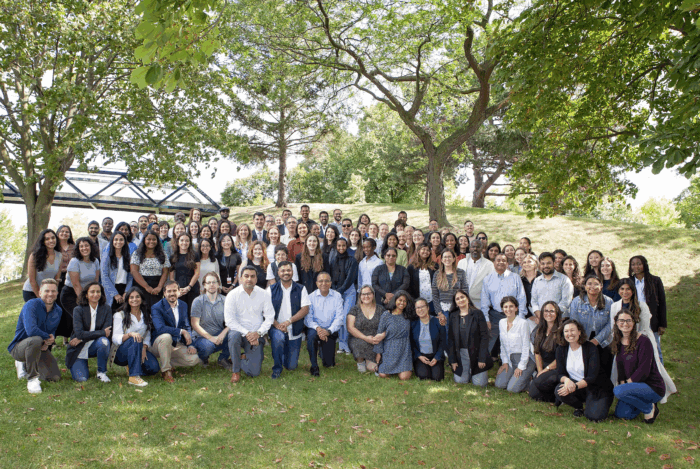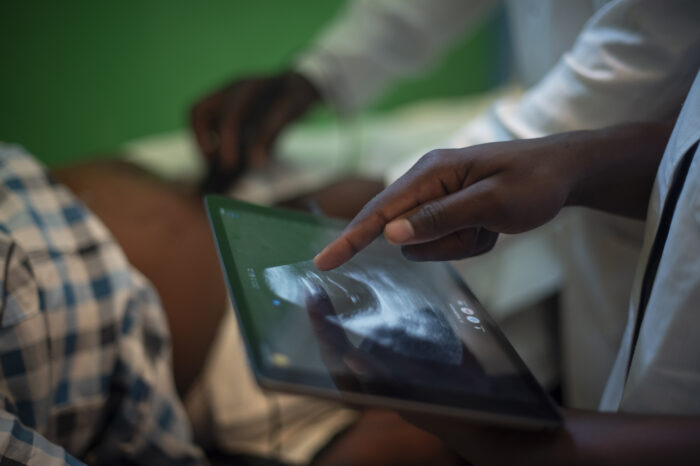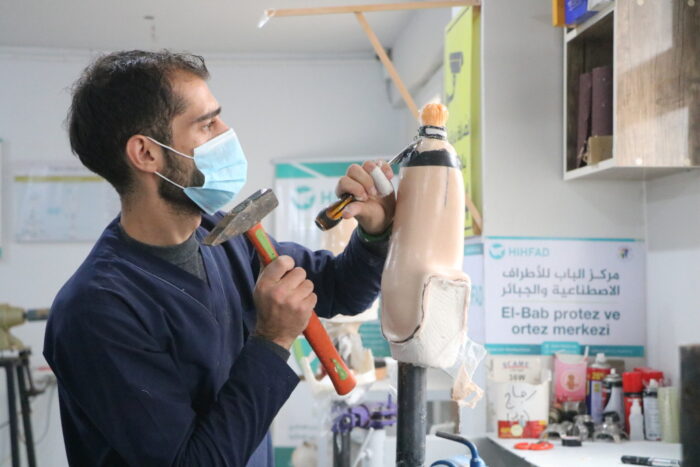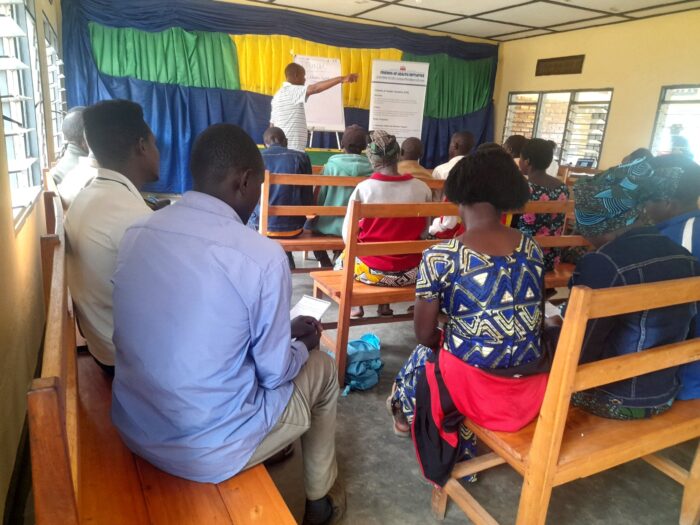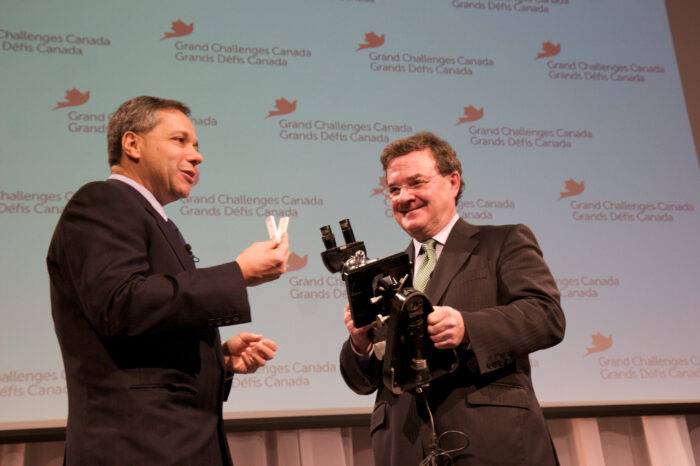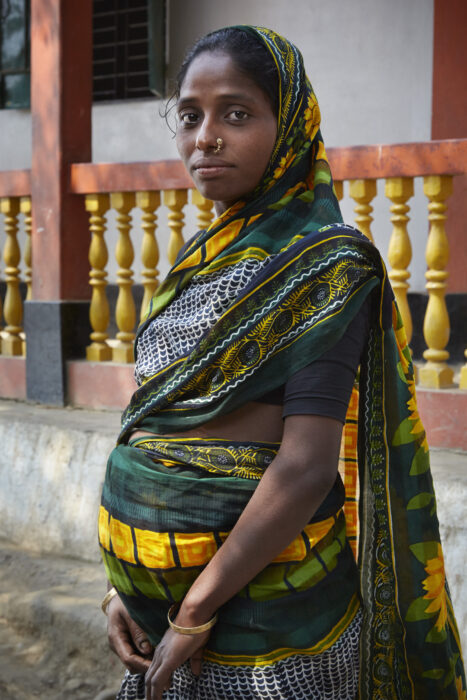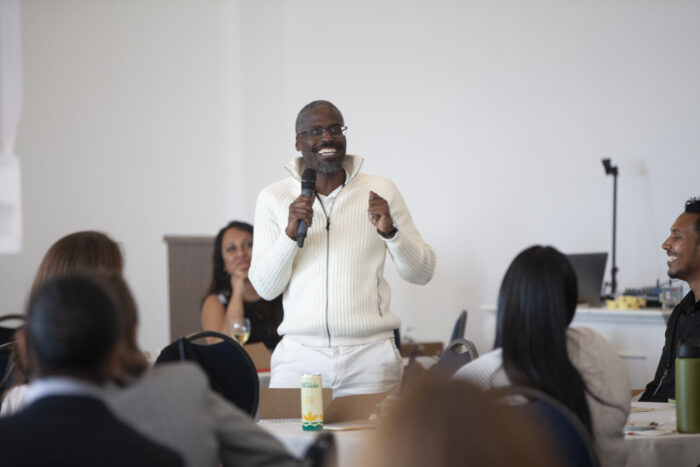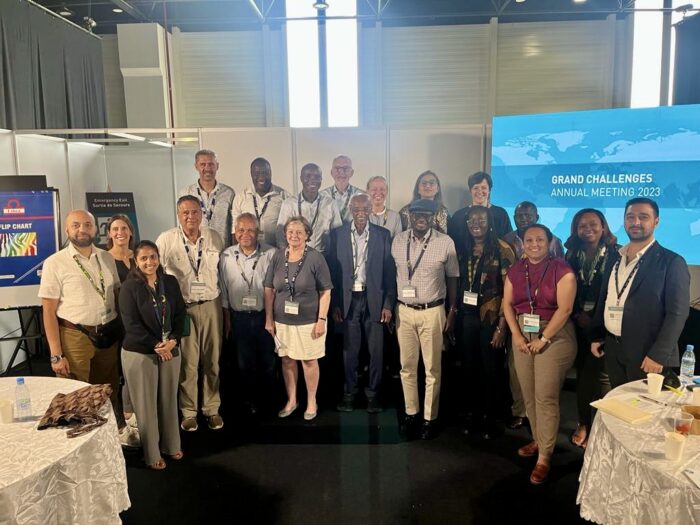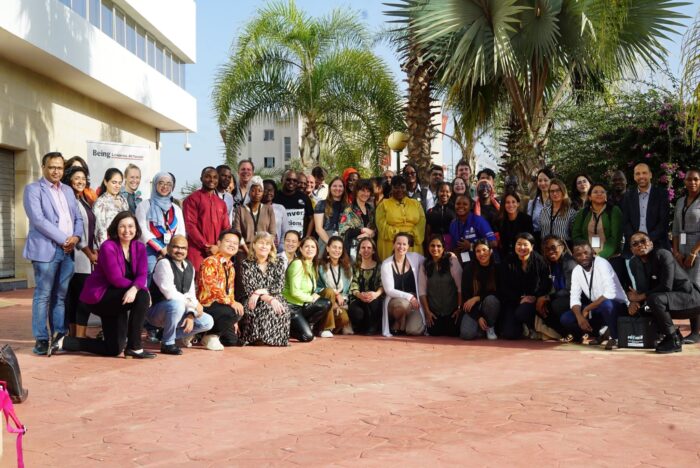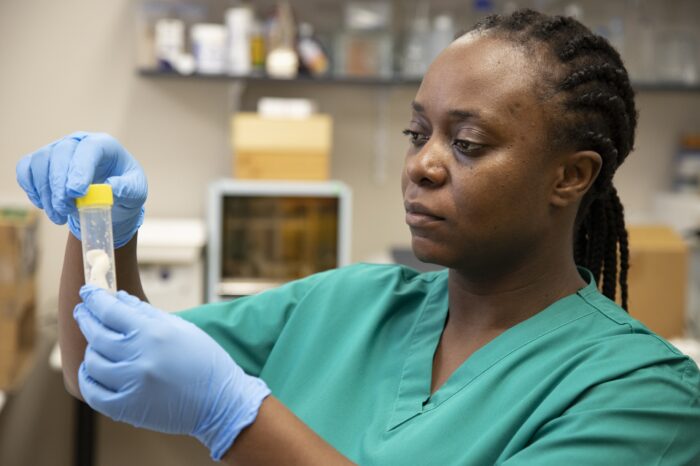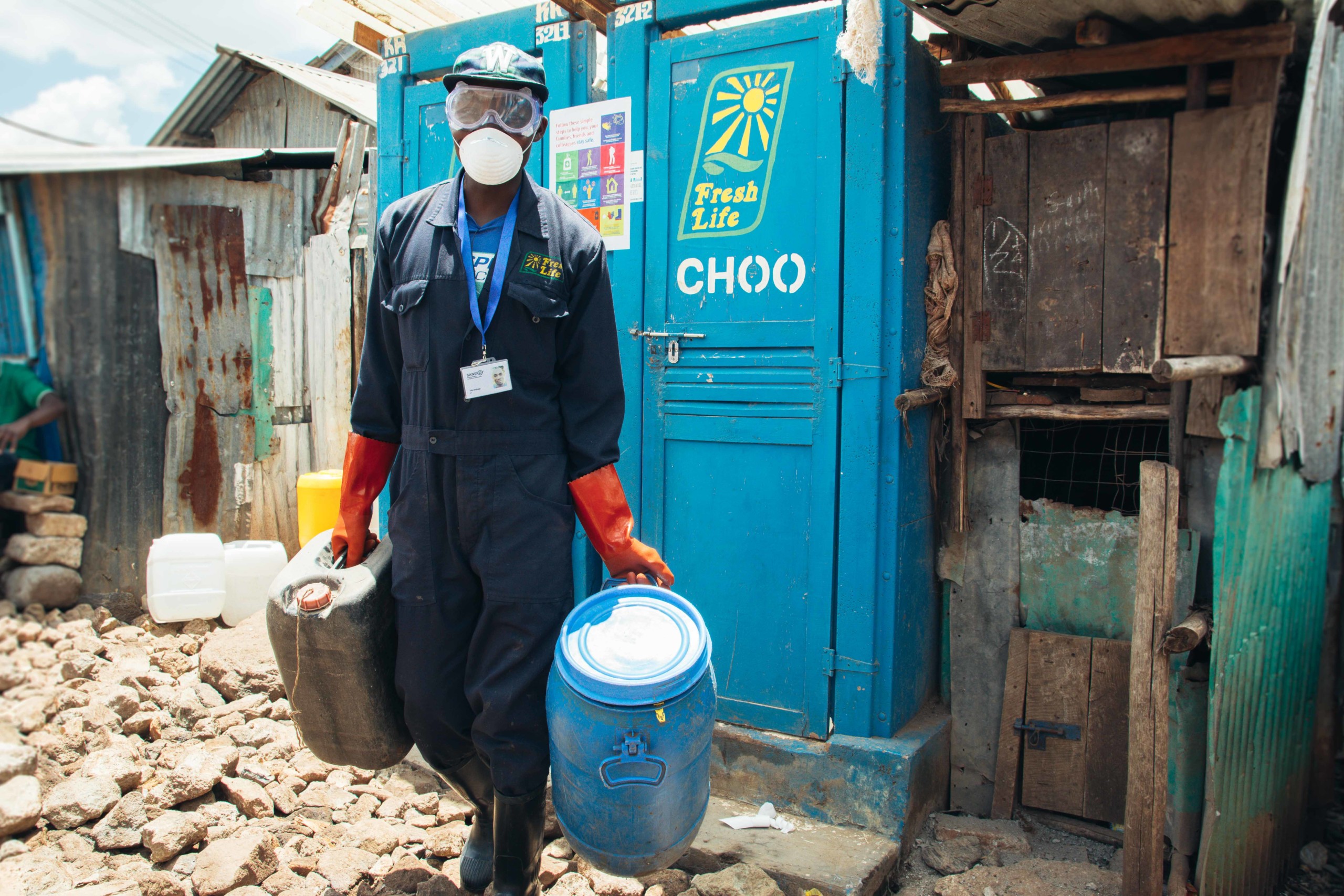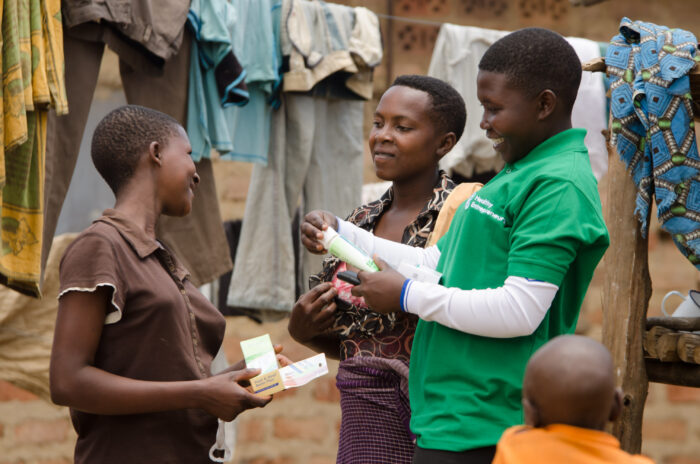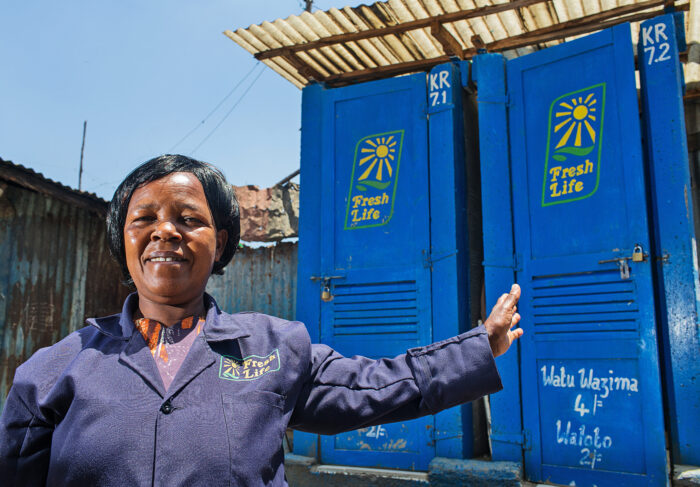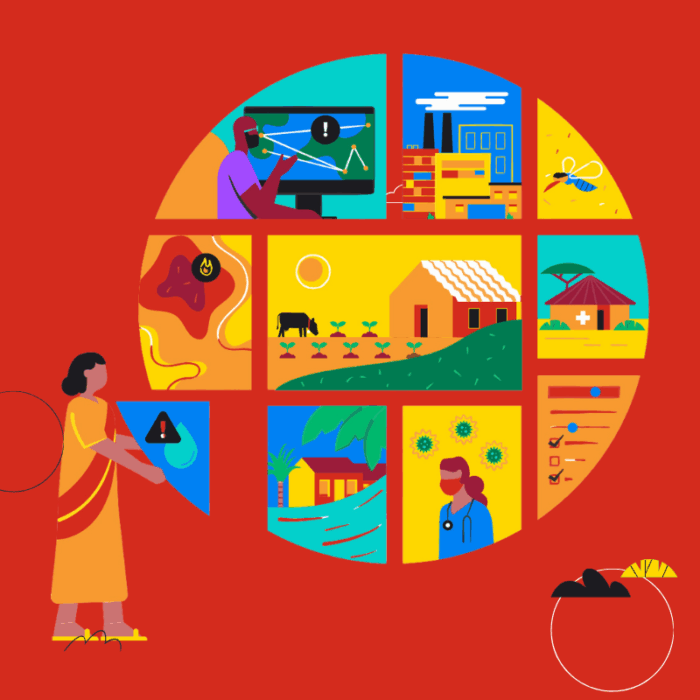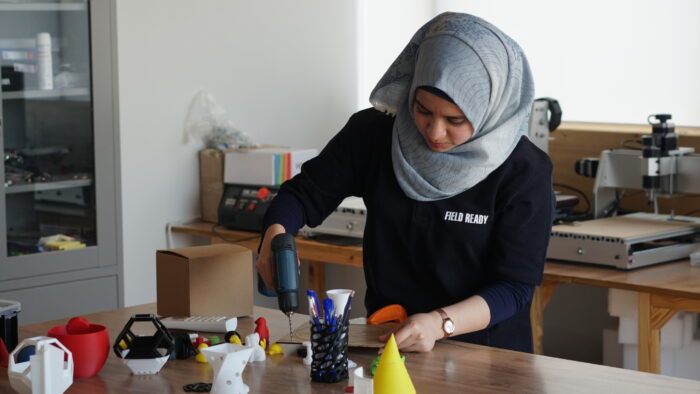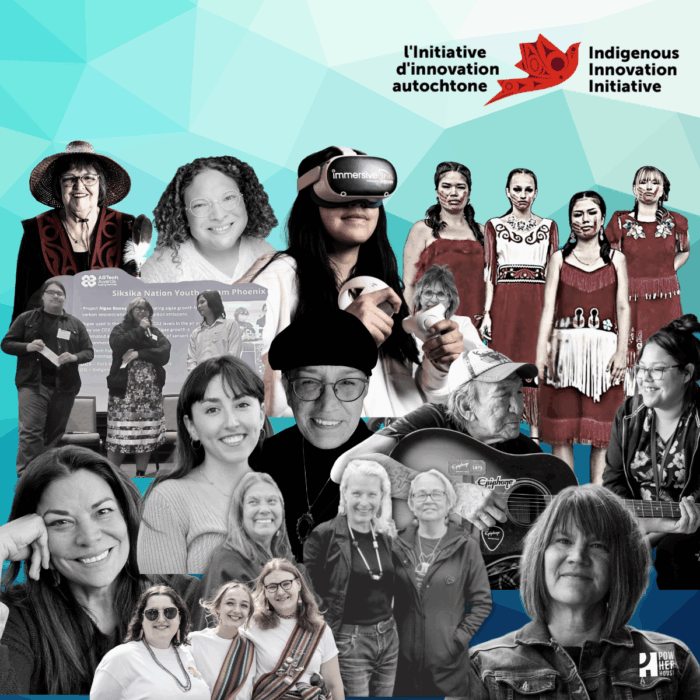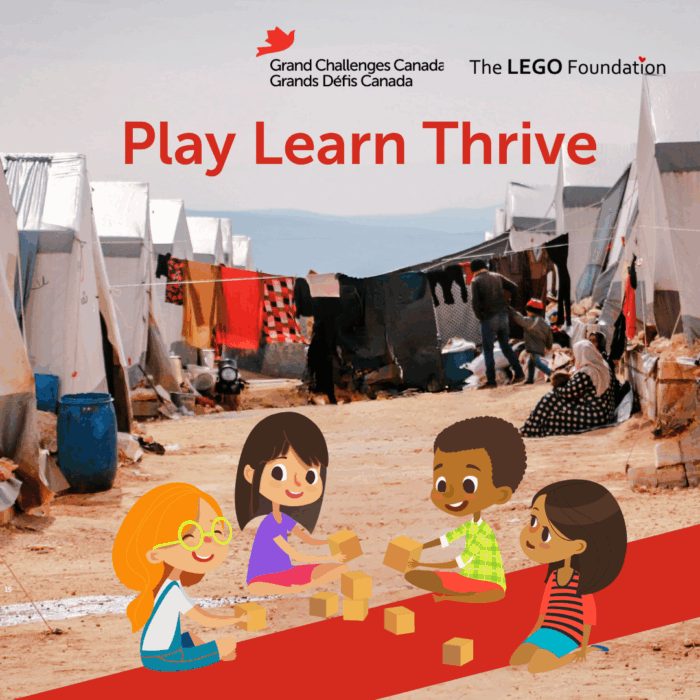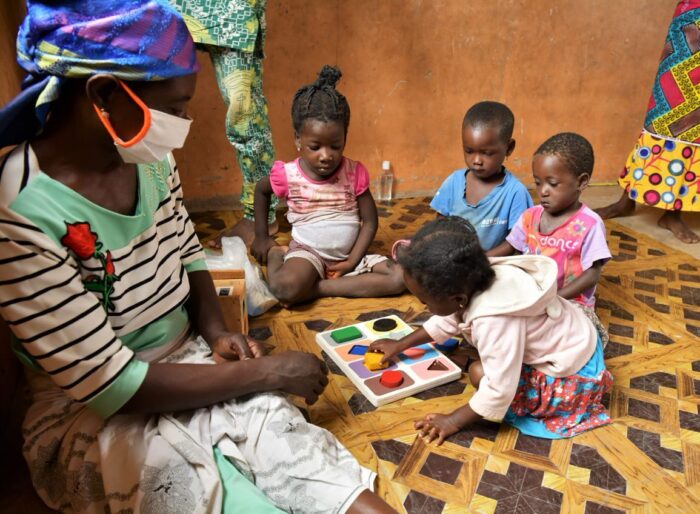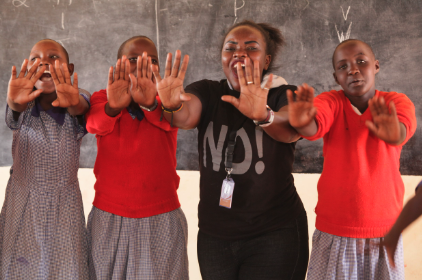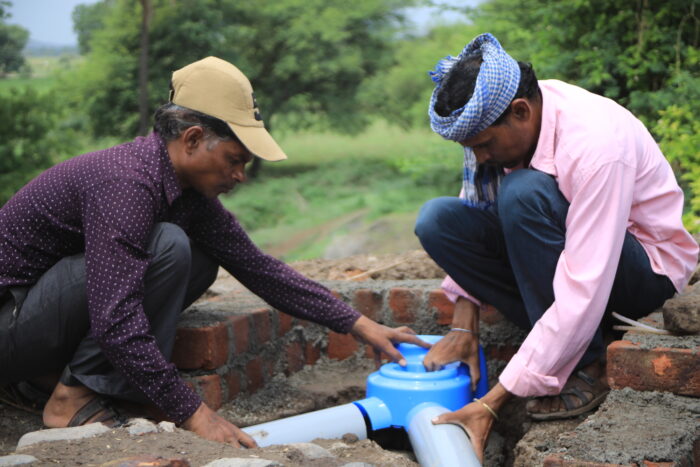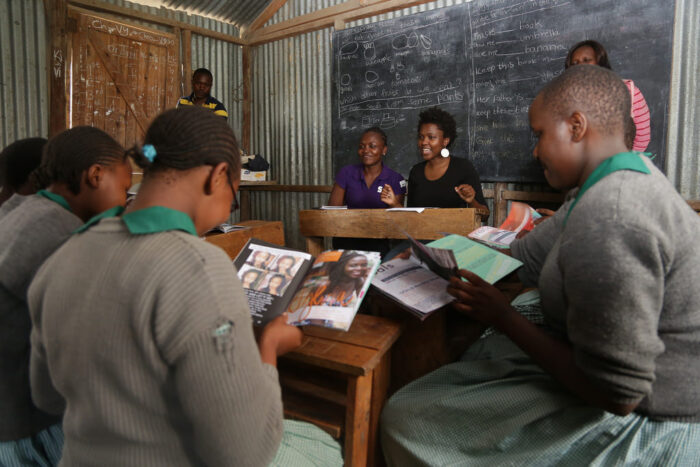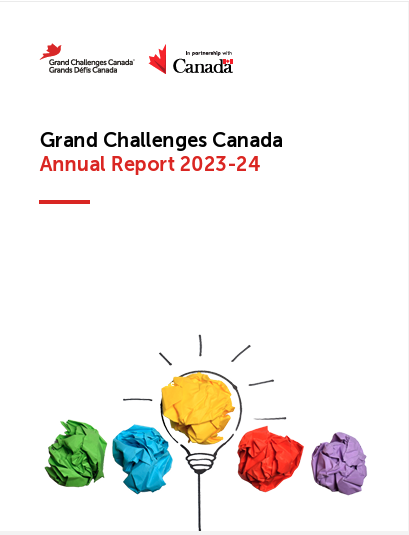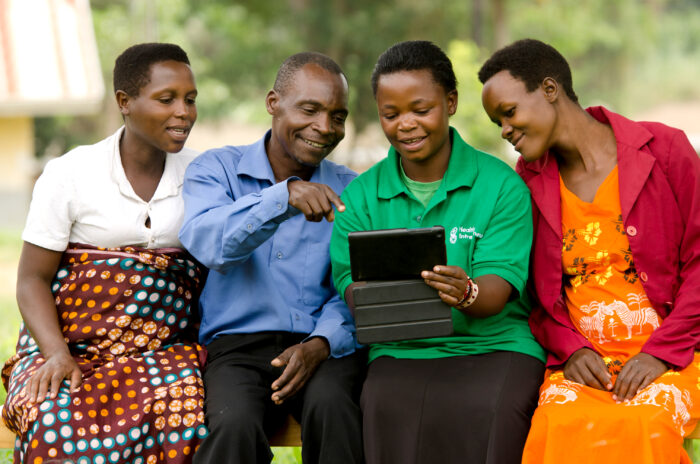In our last blog post, we showed how the Grand Challenges Approach can help the world to solve complex global problems. The Grand Challenges approach was introduced over 100 years ago by David Hilbert to solve problems in mathematics. In 2003, Bill Gates applied it to global health and, in the past decade, the approach has matured, providing a platform for different groups from government, academe, civil society and the private sector to work together to solve common challenges. Grand Challenges are about solving problems, stimulating innovation and capturing the public’s imagination. Grand Challenges have been applied not only to health, but also to agriculture, energy, education, governance and other fields.
At this moment, the world is also focused on shaping the post-2015 development goals to replace the Millennium Development Goals that expire in 2015. These goals have a similar aim as Grand Challenges, focusing attention and resources to solve complex global problems. They also have a similar timeframe for solutions – 10–20 years. So it’s particularly timely to ask whether and how the Grand Challenges approach can contribute to reaching post-2015 goals.
We see two potential roles for the Grand Challenges approach. The first would be to think about reaching post-2015 goals as equivalent to solving Grand Challenges. The second potential role would be to think of the post-2015 development goals “powered by the Grand Challenges Approach”. The role of Grand Challenges would be to stimulate innovation in reaching the goals or to help reach part of the goal, like neonatal survival as part of the overall effort to improve the survival of children under the age of five.
By way of example, the Saving Lives at Birth Initiative brings together five funders from four countries (USAID, Grand Challenges Canada, the Bill & Melinda Gates Foundation, UK’s Department for International Development and Norwegian NORAD) and 39 innovators, so far, to stimulate innovation on maternal and neonatal deaths (which constitute about 40% of deaths of children under the age of five). At the same time, in 2012, Promise for Children brought together India, Ethiopia and USAID in cooperation with UNICEF to set a target to lower their national rates of child mortality to 20 or fewer per 1,000 births by 2035, a goal that has since been adopted by 160 countries around the world. This goal could be both a solution to this Grand Challenge and a post-2015 goal achieved.
In either of these roles, the Grand Challenges Approach can be thought of as the framework for action to achieve post-2015 development goals. It would enable funders and innovators to take a nimble and entrepreneurial approach to ‘how’ a development goal will be solved, while still keeping a clear focus on a common end point. Applying the Grand Challenges Approach in this way provides at least four important benefits.
First, the Grand Challenges Approach stimulates and accelerates innovation by bringing together communities of innovators, who learn from and collaborate with one another. Innovation is critical to solving complex global development challenges. For some challenges, there are existing solutions that simply need to be sustainably taken to scale, potentially through social and/or business innovation. For example, some of the key challenges in polio eradication are ensuring safe service delivery, stimulating demand for vaccines and raising sufficient funds. For many others, however, existing solutions and approaches have not proven to be successful and therefore new solutions are required. For example, by bringing together researchers and ethicists the Bill & Melinda Gates Foundation’s Grand Challenges in Global Health helped to accelerate scientific progress to the point where field trials have been undertaken of mosquitoes that don’t transmit dengue or malaria. Innovation provides the path to impact. In putting the focus on innovation, it is critical to take a very broad and inclusive view that encompasses social, business and scientific/technological innovation—what we call Integrated InnovationTM.
Second, as Princeton’s Anne Marie Slaughter has argued, the Grand Challenges Approach provides the platform for stakeholders to self-organize and mobilize resources (both financial and human) to move towards a common end point. We believe that, for the post-2015 era to be successful there will need to be engagement across and between a broad range of sectors including governments, not-for-profit organizations, the private sector, academe and others. An example of the potential for this approach to bridge sectors is the recently announced Making Voices Count challenge, which brings together UK aid, USAID and the Omidyar Network to create a $45M fund to support and enable citizen engagement and government responsiveness. It will be particularly important to engage emerging economies and private sector actors in support of the achievement of significant development goals.
Third, the Grand Challenges Approach can help to mobilize resources. Especially in the current age of austerity in public budgets the world over, it has become increasingly apparent that the public sector alone does not have the necessary resources to solve the development challenges we face. The recent interest in social impact bonds – translated into the development space as development impact bonds – is one example of a promising financial innovation. Although we learned in 2009 that financial innovation must be pursued with caution, imagine a world where an eradication bond (‘E-bond’) is issued for polio and raises significant private capital from socially-minded investors for the expensive final push for eradication, and those investors are paid back over time from governments sharing the savings that they realize after eradication is complete.
Fourth, the clear articulation of significant global challenges through the Grand Challenges Approach captures the public’s imagination and inspires action in a way that traditional development goals and objectives have failed to do. Mobilizing public support will be critical to sustain momentum over the perhaps two decades that will be necessary to achieve post-2015 goals. The Grand Challenges Approach can also attract new human capital or talent to the field of development, allowing for the application of new and ground-breaking ideas.
Almost a billion dollars have been invested in Grand Challenges over the past decade. It makes sense to leverage and build on this existing investment of both financial and human capital to jumpstart the achievement of the post-2015 goals. Going forward, as the High-level Panel of Eminent Persons, launched this past July by the Secretary-General of the United Nations, continues its work to provide guidance and recommendations on the post-2015 development agenda, we would strongly recommend that they consider the Grand Challenges Approach as one of – or perhaps the key strategy – to enable solutions to the world’s critical and complex development challenges.
I would like to acknowledge and thank David Brook for his role as a contributing author of this piece.
I encourage you to post your questions and comments about this blog post on our Facebook page Grand Challenges Canada and on Twitter @PeterASinger @gchallenges.
